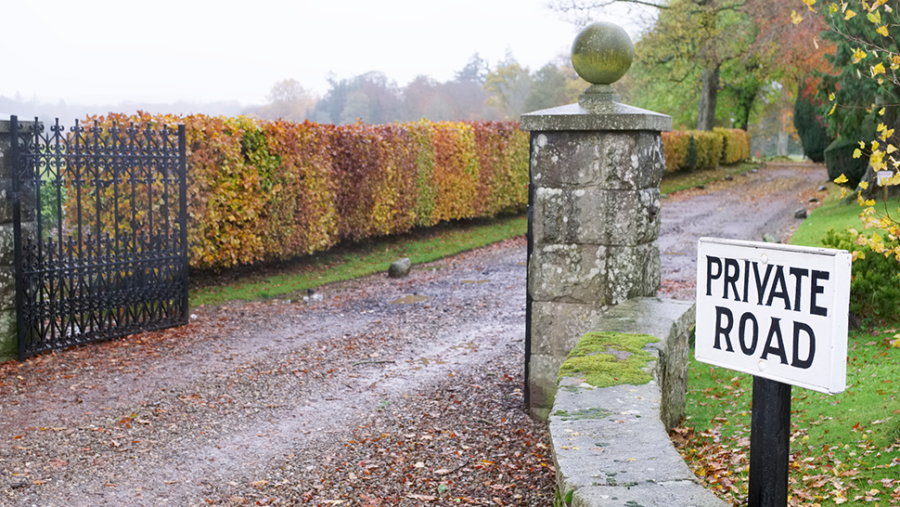

If you are considering diversifying your business, you should take a look at the easements on your land first. The importance of doing this is shown in the result of a recent High Court case (Mills v The Estate of Partridge [2020] EWHC 2171 Ch).
The court found that a landowner who had diversified their business from a plant nursery to include a tearoom and other non-agricultural activities exceeded the scope of a right of way which was used to access to the land. It also found the new use of the land breached restrictive covenants limiting use of the land to agricultural purposes only.
Here we look at the details and offer advice for landowners considering diversification.
The facts of the case
The defendant owned land that was restricted to agricultural use; they used the land as a plant nursery. The nursery was accessed via an access track owned by the claimant.
The defendant had a right to use the access track “for all purposes in connection with the use of the land hereby conveyed as agricultural land only, with or without wheeled vehicles and with or without animals along the track”.
The defendant had owned the land for over 40 years. Over time, the business had gradually diversified to include polytunnels, stables, outbuildings, a garden centre and, in 2017, a tearoom. The tearoom also had a liquor and entertainment licence. The defendant had plans to expand the business to events and functions, as well as a restaurant.
The claimant sought a declaration that the defendant’s use of the access track was excessive and amounted to a trespass because they were not using the land as “agricultural land only”.
The High Court decision
The court held that the defendant (and their customers) did not have the right to use the access track to visit the tearoom or for any other non-agricultural purposes. The current use of the access track was therefore excessive.
Furthermore, the court held that using the land for parking and/or the sale of non-agricultural items was in breach of the user restrictions on the land, because it was limited to agricultural use. The court found that the claimant was entitled to relief, which would be dealt with subsequently.
Central to the court’s decision was what constituted “use as agricultural land only”. Broadly speaking, the court considered agricultural land to be horticulture, fruit and seed growing, dairy farming and livestock breeding, and using land for meadow or nursery grounds. It accepted that what falls within this type of use had evolved since the right of way had been granted in 1979. However, this was not to be confused with diversification.
The court did consider whether the garden centre and tearoom could be considered ancillary to the original agricultural activity and therefore within the scope of the right of way, but did not find that to be the case.
This was because the activities involved with the shop and tearoom were so different in character and purpose that they could not be considered to be associated with an agricultural activity. A key factor in this decision was that the income from the tearoom accounted for more than 50% of the total turnover from the defendant’s use of the land and that it was a separate legal entity to the nursery.
This demonstrates that cases of this nature need to be taken on a case by case basis – there is no one size fits all.
Key points
If you are considering diversifying your business (including expansion and/or redevelopment), this case highlights the importance of considering whether any restrictions in terms of use and access exist. If in doubt, always seek legal advice. You should also consider whether there are any practical solutions, such as alternative access or negotiating with the relevant landowner(s).










